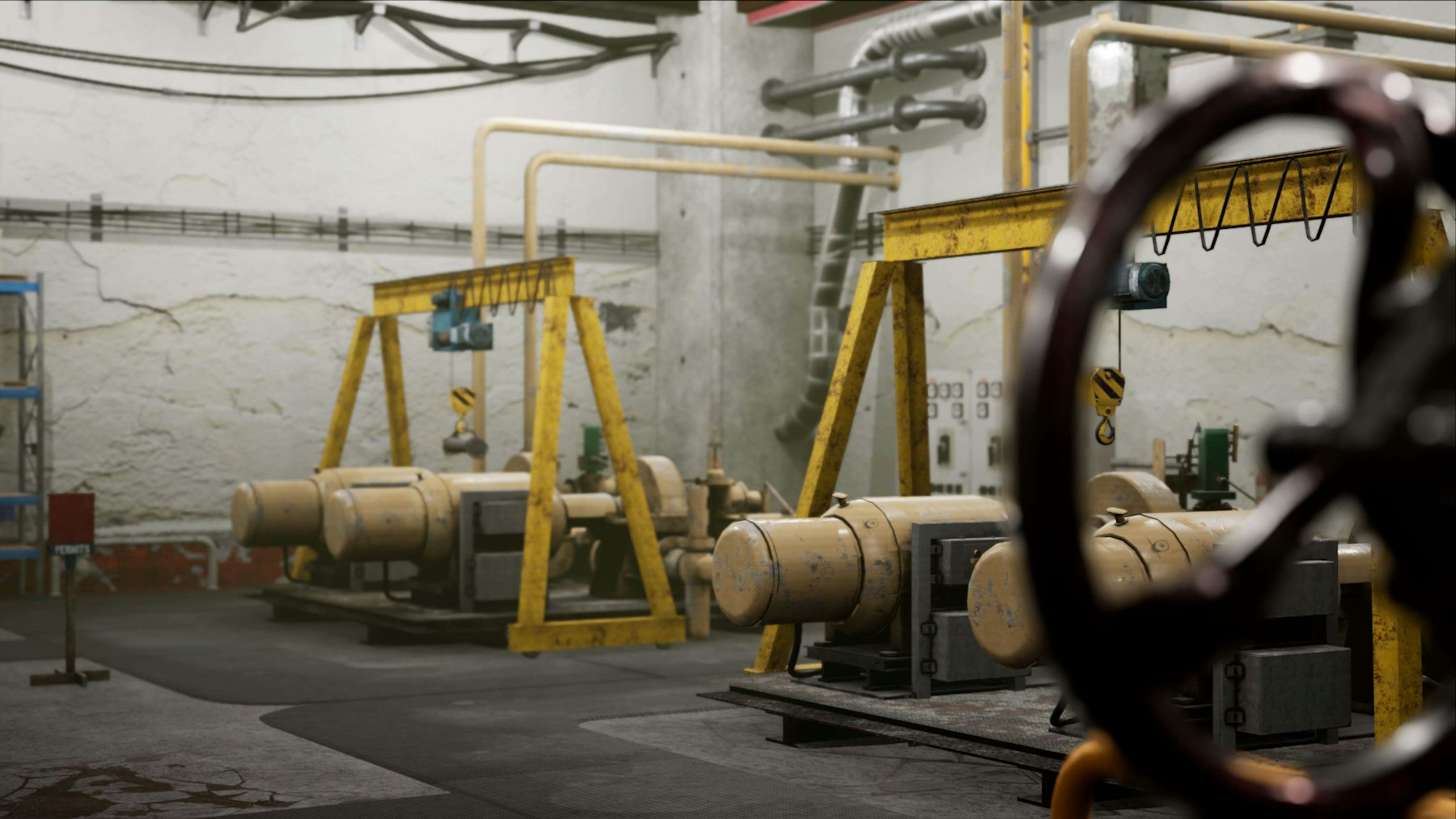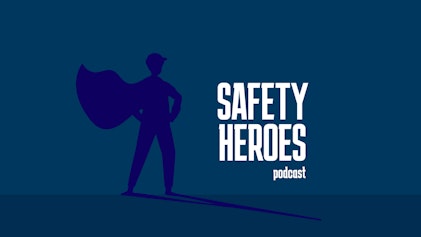At Pixaera, we’re building an immersive VR training platform to transform safety training - and eventually the entire concept of learning. Our initial successes gave us confidence. However, we learned much more about what our platform needed from our mistakes.
Here are six lessons we’ve learned from our hiccups; thoughts that informed decision-making for us and our clients.
Keep the user engaged
We found that having participants stop and listen to a character for a long period of time within a simulation took them out of the flow. Participants start to lose that vital quality of agency - no longer feeling involved or in control of the story. Anyone using our safety training has to remain fully engaged in the story to reap the benefits of immersion.
Keep it real
The importance of realism was another crucial lesson. Glitches, broken animations or unrealistic surroundings immediately took the participants out of the flow of the session and hurt understanding and retention. Creating an immersive environment that is believable to the subconscious mind means sweating the small stuff - down to the most minute details.
Make it Memorable
One key to retention is triggering emotional reactions. The emotions of learning can be classified in four ways: achievement emotions (linked to activities that have a goal with success or failure), epistemic emotions (triggered by the satisfaction of solving a challenge), topic emotions (a positive or negative feeling towards a particular subject), and social emotions (that take root with relations to peers). All four of these can be triggered by VR and simulations.
In safety training simulations, we utilize a combination of distraction and danger that results in a serious injury or death in the simulation. Getting participants to feel something within this unique experience sparks their retention much more than a safety quiz or video ever could.
There Are Benefits to both VR and PC-based Platforms
A heavy investment in VR might seem risky; technology is moving so quickly that by the time you implement your equipment, there’s going to be something newer (and better) on the market. But the promise of the technology is great. There are use cases that are right for VR technology (especially for ultra-specific training), but Pixaera’s platform works just as effectively on a PC - which is a much more scalable option for companies right now.
Hold Off on Bespoke Platforms
Bespoke technology requires vast amounts of time and customization from the start, calling for the ongoing ability to adapt & maintain new standards and information. Existing options naturally receive consistent attention and likely provide similarly effective results.
Looking Ahead: Tracking Data
Our VR training modules like VR OSHA training, VR mining training and VR manufacturing training gather amazingly detailed data: how participants interact with the “physical” space around them and the external factors that trigger emotion. This data along with the insights and feedback of users, help us improve our products immensely.
Failure is sometimes the best teacher. Put yourself out there, gather feedback and learn from these failures. That goes for business, as well as life.



